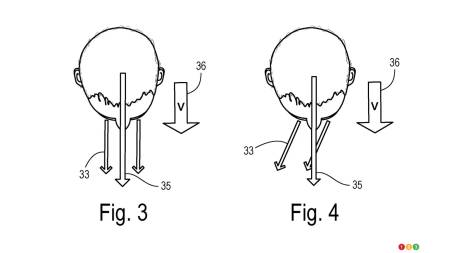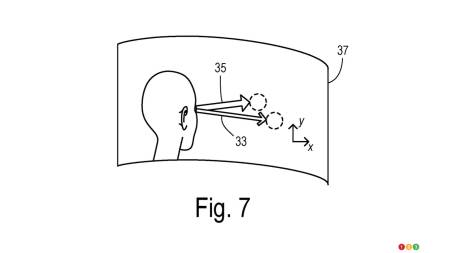Many things have changed greatly over the past 25 years in the automotive industry, but one element that has changed maybe more than any other is the quality of headlights.
Get behind the wheel of a car from the 1990s or earlier, and you realize just how poor the lighting was back then.
The halogen headlights of the 90s were replaced by xenon units in the 2000s, which then gave way to LED headlights, which then gave way to Laser. And that's not counting the adaptive capability of some headlights, which follow the direction of the steering wheel when drivers are making a turn.
Mind you, directional headlights are nothing new. Preston Tucker proposed this innovation with his Torpedo model in 1948. It only took a few decades for the technology to really take off. Automatic low-beam headlamps aren't new either - in the 50s, several American cars offered them. Today, they're almost the norm.
And what's in store for tomorrow? Potentially, headlights that follow the direction of our eyes. Ford filed an application with the United States Patent and Trademark Office (USPTO) in early 2023, which has just been published.


The application explains how a system in which headlamps are oriented according to the driver's gaze would work. Ford says it could be used to detect obstacles on the road. For example, you're driving in a straight line and think you see an animal on the side of the road. Your eyes could help you see it more clearly and perhaps avoid an accident. The same goes for a pedestrian or cyclist not wearing light-coloured or reflective clothing after dark.
Cars are equipped with object detection systems, but these devices are not always able to identify certain things, such as small animals. Eye-tracking and head-movement systems also exist, but they are individually too sensitive to be effective.
Ford proposes combining the two functions - eye tracking and head movement tracking - to determine what direction drivers are looking in. Before switching on the headlights in that direction, sensors will look for specific cues, such as whether the driver is looking through the windshield towards the roadway, and whether they’re turning their head completely in the direction their eyes are looking.
Obviously, this would require some adaptation on the part of whoever is behind the wheel, but we can see where the technology might be heading.
Motor Authority writes that back in 2015, Opel, then under General Motors, was working on similar technology. The site also mentions that a recent change in U.S. federal regulations concerning the use of matrix headlamps now allows automakers to consider this type of technology. In Europe, legislation already allowed it.






